The anti acne-dermal-patch market exhibits a dynamic competitive landscape, characterized by rapid innovation and strategic positioning among key players. Companies such as Hero Cosmetics (US), COSRX (KR), and Neutrogena (US) are at the forefront, leveraging their brand equity and consumer trust to drive growth. Hero Cosmetics (US) has focused on expanding its product line with innovative formulations that cater to diverse skin types, while COSRX (KR) emphasizes the use of natural ingredients, appealing to the growing demand for clean beauty products. Neutrogena (US), a well-established brand, continues to invest in research and development to enhance its product efficacy, thereby reinforcing its market presence. Collectively, these strategies contribute to a competitive environment that prioritizes consumer-centric solutions and sustainability.
In terms of business tactics, companies are increasingly localizing manufacturing to reduce costs and improve supply chain efficiency. This approach not only mitigates risks associated with The anti acne-dermal-patch market demands. The market structure appears moderately fragmented, with several players vying for market share, yet the influence of major brands remains substantial. The collective actions of these key players shape the competitive dynamics, fostering an environment where innovation and quality are paramount.
In October 2025, Hero Cosmetics (US) launched a new line of biodegradable acne patches, marking a significant step towards sustainability in the beauty sector. This initiative not only aligns with the growing consumer preference for eco-friendly products but also positions the company as a leader in responsible beauty practices. The strategic importance of this move lies in its potential to attract environmentally conscious consumers, thereby expanding the brand's market reach.
In September 2025, Neutrogena (US) announced a partnership with a leading tech firm to integrate AI-driven skin analysis into its product offerings. This collaboration aims to provide personalized skincare solutions, enhancing customer engagement and satisfaction. The strategic significance of this partnership is profound, as it reflects a broader trend towards digitalization in the beauty industry, where technology plays a crucial role in consumer experience.
In August 2025, COSRX (KR) expanded its distribution channels by entering into a strategic alliance with a prominent e-commerce platform. This move is indicative of the increasing importance of online sales channels in reaching a wider audience. The strategic relevance of this expansion lies in its potential to boost sales and brand visibility, particularly among younger consumers who prefer online shopping.
As of November 2025, current competitive trends are heavily influenced by digitalization, sustainability, and the integration of advanced technologies such as AI. Strategic alliances are increasingly shaping the landscape, enabling companies to leverage complementary strengths and enhance their market positions. Looking ahead, competitive differentiation is likely to evolve from traditional price-based competition towards a focus on innovation, technological advancements, and supply chain reliability. This shift underscores the necessity for companies to adapt and innovate continuously to meet the changing demands of consumers.


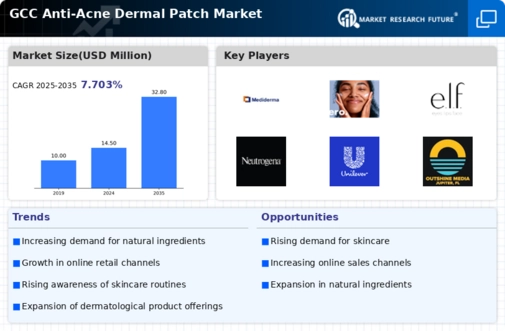
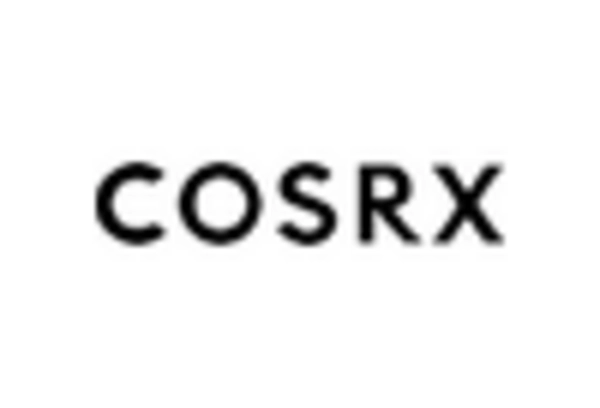
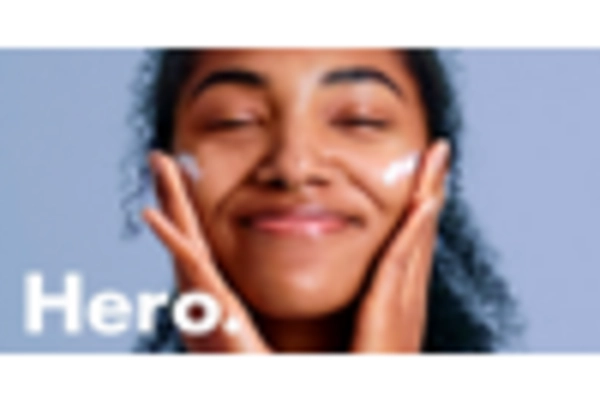
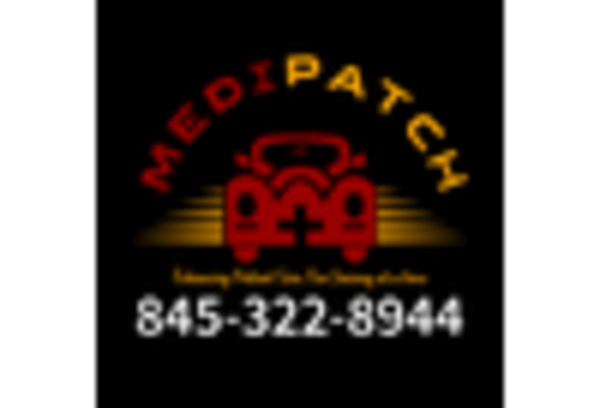
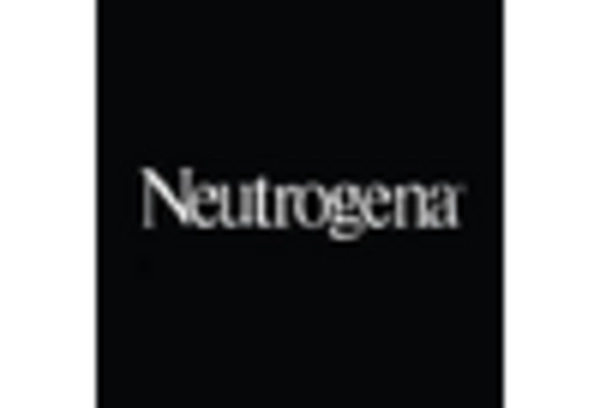
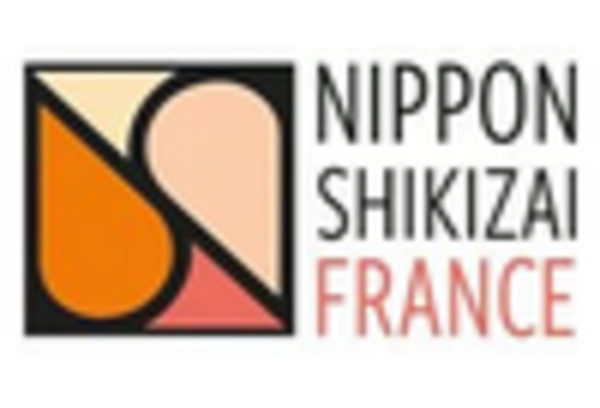
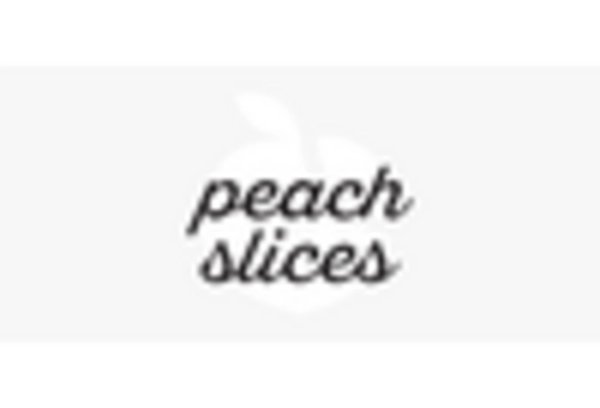








Leave a Comment